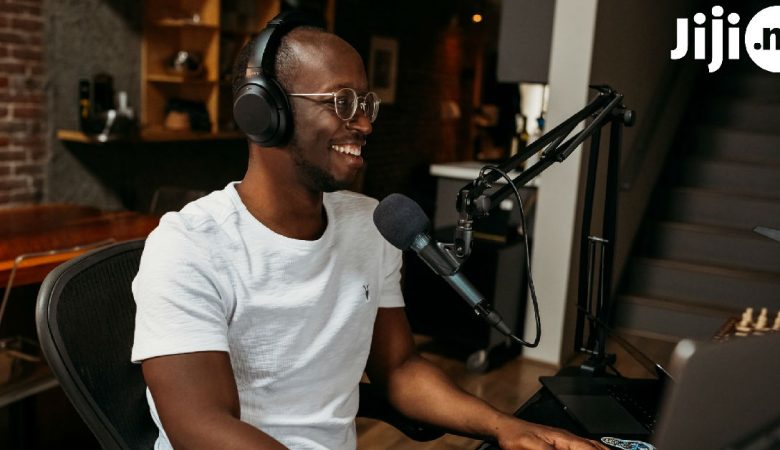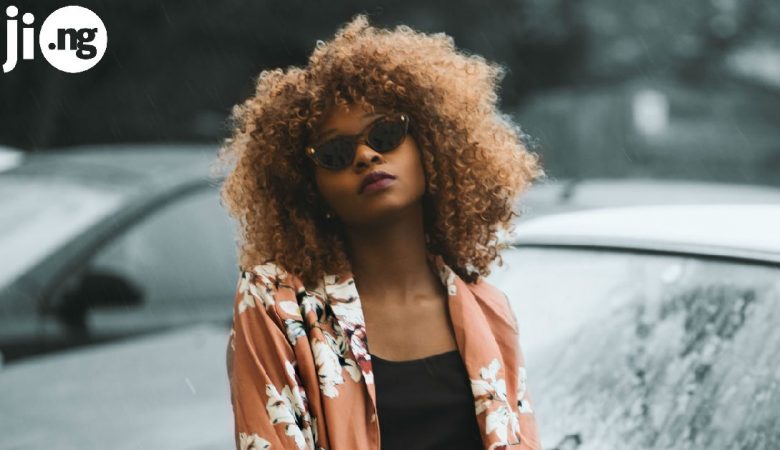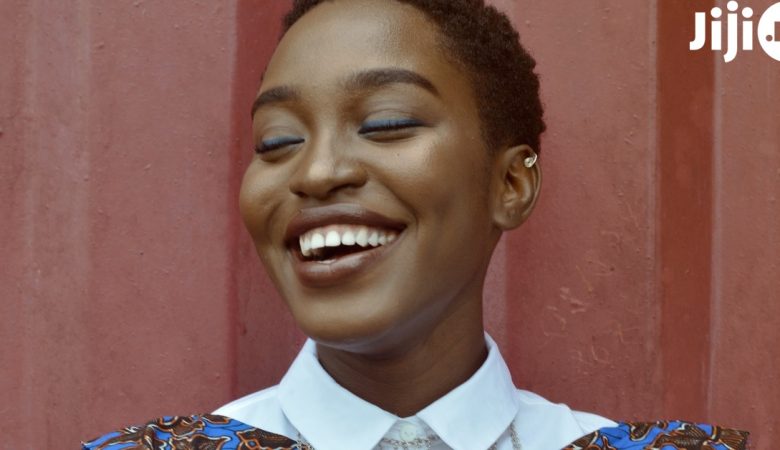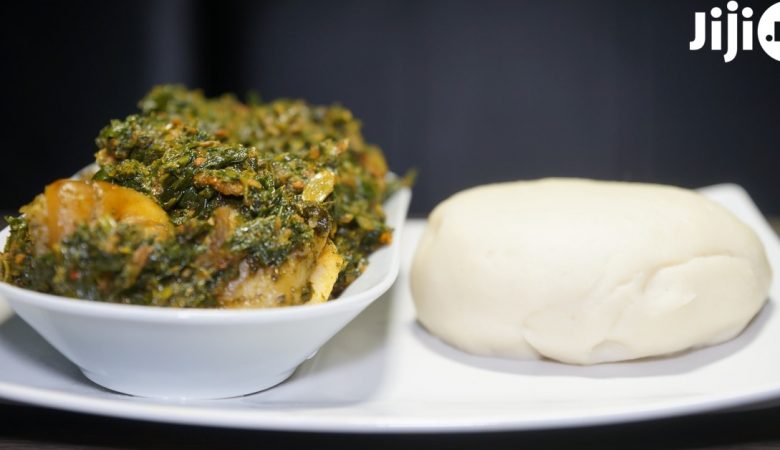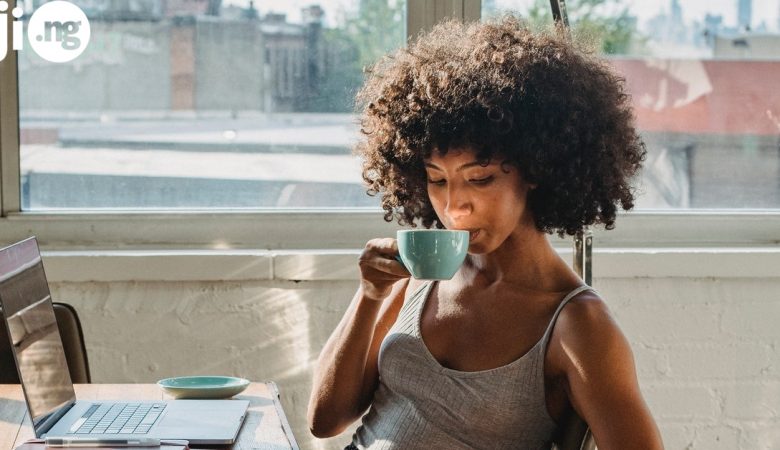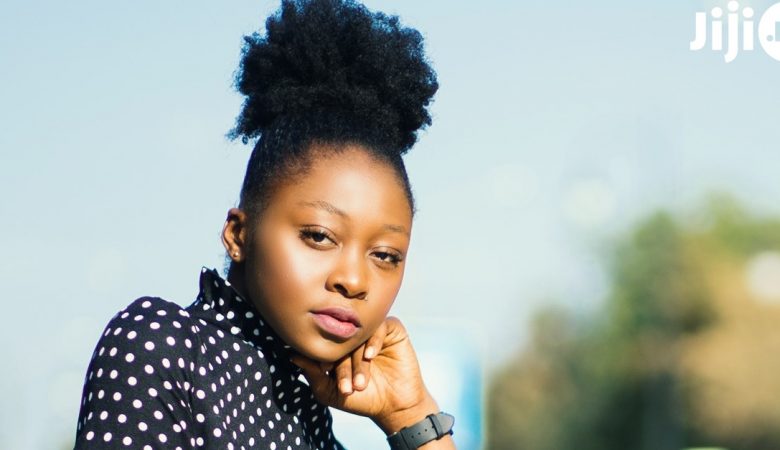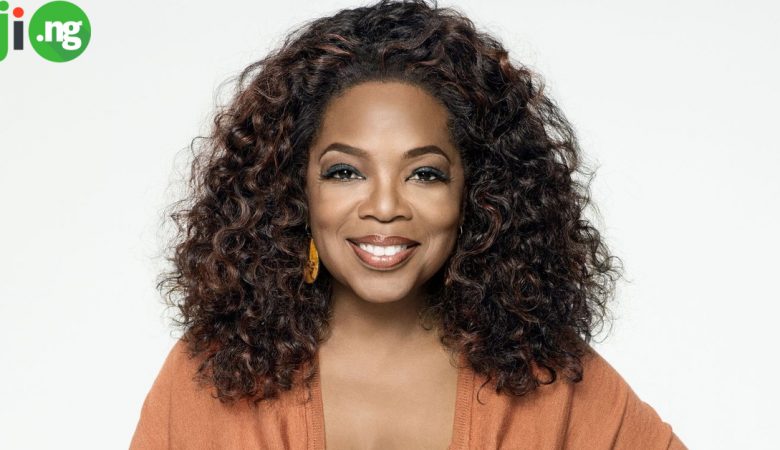Nigeria is one of the most vibrant and diverse countries in the world, which is why Nigerian culture has fascinated people for centuries. Nigerian people and culture have always gone hand in hand, and Nigerian traditional art and culture are only becoming more significant with time. Find out more about Nigerian cultures, traditions and experience the importance of culture in Nigeria.
Find Nigerian arts and crafts for sale on the Jiji app
1. Types of culture in Nigeria
Nigerian culture and traditions include an endless variety of forms, but, with time, some types and features of Nigerian traditional arts have lost their place in the cultural spectrum of the country, while others grew even more popular. When asked to list five Nigerian traditional art types, any Nigerian citizen will name the following:
- Sculpture
- Masks
- Textiles
- Pottery
- Other arts
This list of Nigerian traditional art includes everything you can see at museums in Nigeria. Of course, there are even more elements of culture in Nigeria to know about: for example, Nigerian dance is known far beyond the country’s borders.

2. Nigeria traditional art
The definition of Nigerian traditional art is not that different to the meaning of traditional art in other nations: it’s a part of the culture that belongs to people. Knowledge and skills of traditional art are passed from generation to generation by craftsmen and with the help of physical sources.
The African art has a different meaning to locals than Western culture to its citizens. If you look at how art started in Nigeria, you’ll see that Nigerian arts and crafts have never been created for the sake of decoration – in fact, every piece of Nigerian culture has a deep significance for the nation.
For example, the famous Nigerian sculptures have been made to honor gods, kings, and other important historical figures. Masks have been widely used in celebrations and religious procedures. Even beads have their own significance.
Examples of Nigerian traditional art include masks, pottery, sculptures, carvings, and even glass work. Take a look at some of the most impressive examples of traditional art in Nigeria.
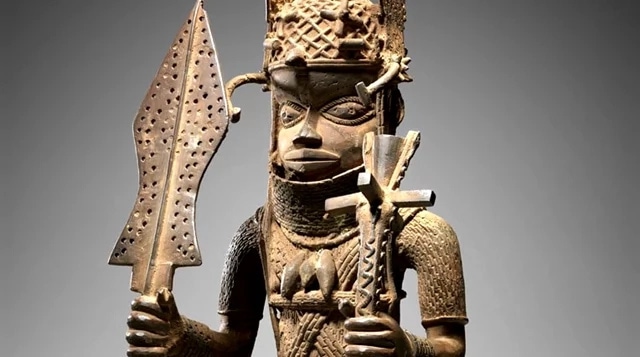

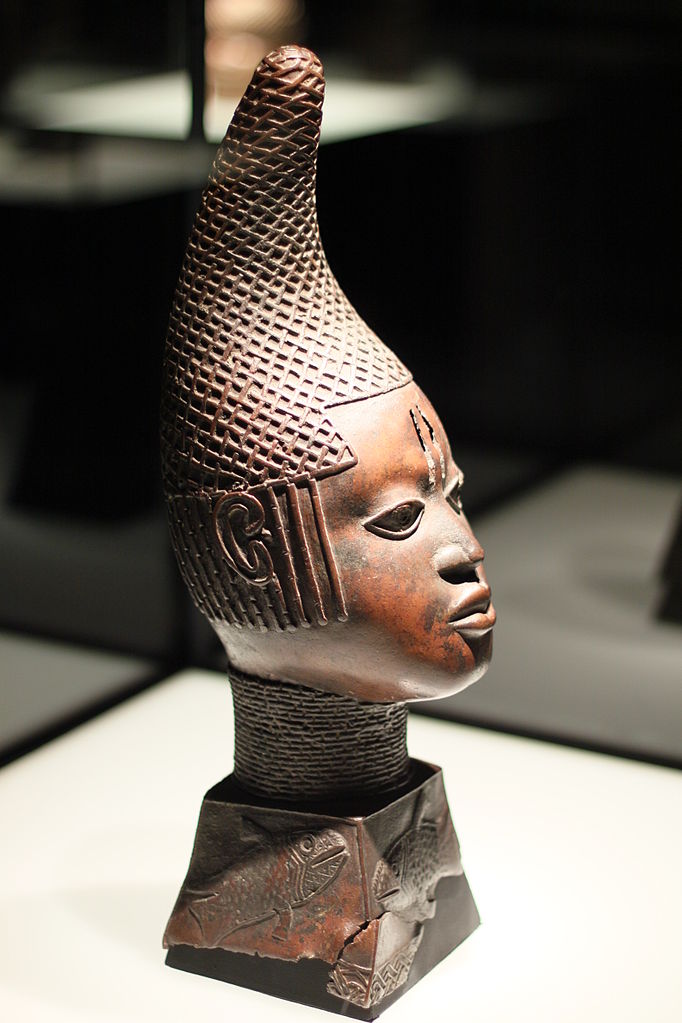
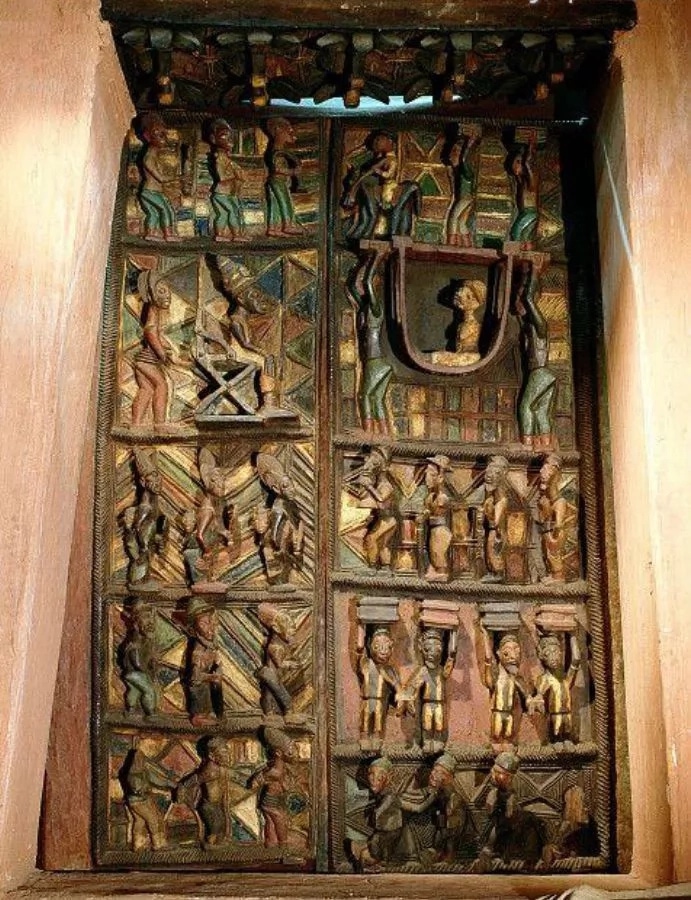
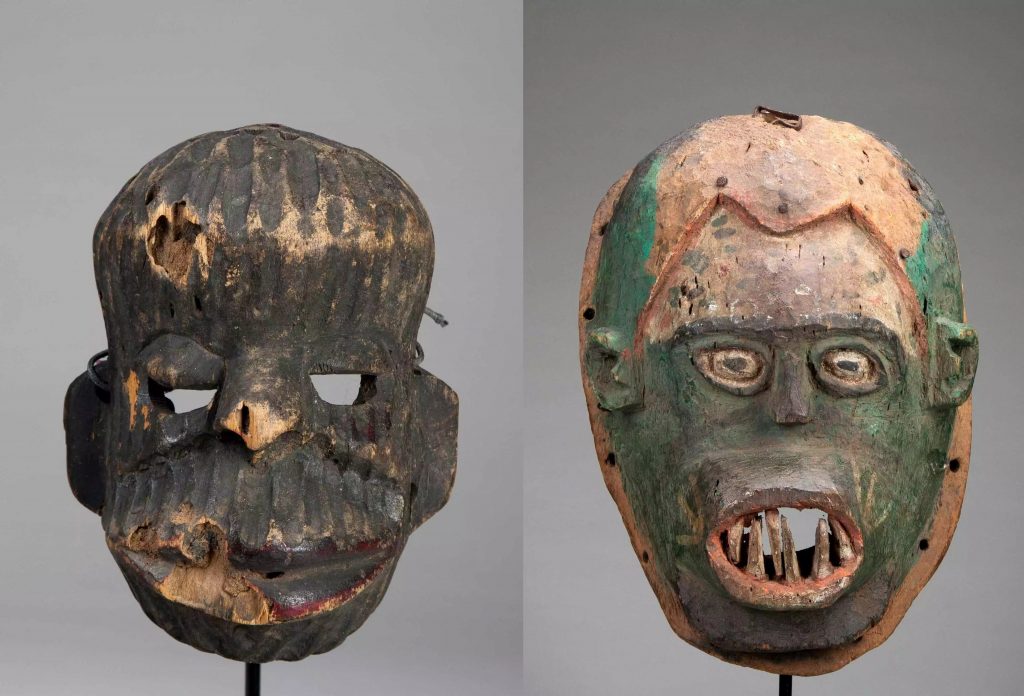
3. Nigerian traditional art today
After years and even centuries, Nigerian art hasn’t lost a bit of its popularity. Today there are plenty of artists in Nigeria known far beyond the borders of the country and art enthusiasts pay a lot of money to own Nigerian paintings.
The most famous current Nigerian artists include Nike Davies-Okundaye, Bruce Onobrakpeya, Sam Ebohon, Tola Wewe, and Olumide Oresegun. Their works are shared by fans on social media and the artists hold regular exhibitions out of the country and in Nigeria. Of course, the list doesn’t end there, and soon we can expect new and exciting names to emerge in the cultural landscape of Nigeria.
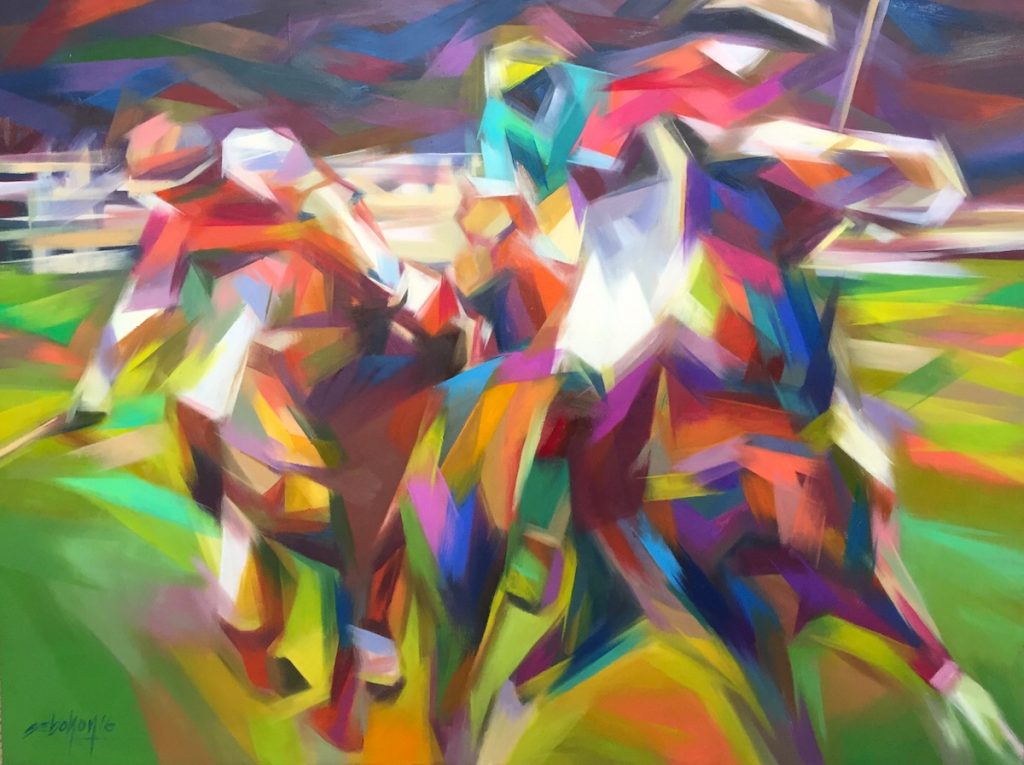
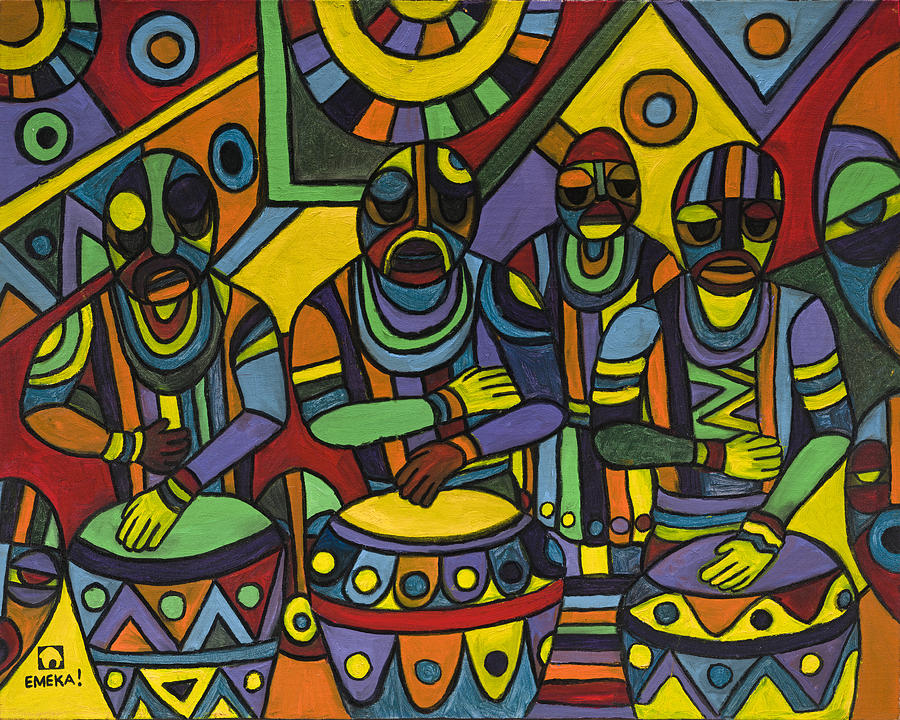
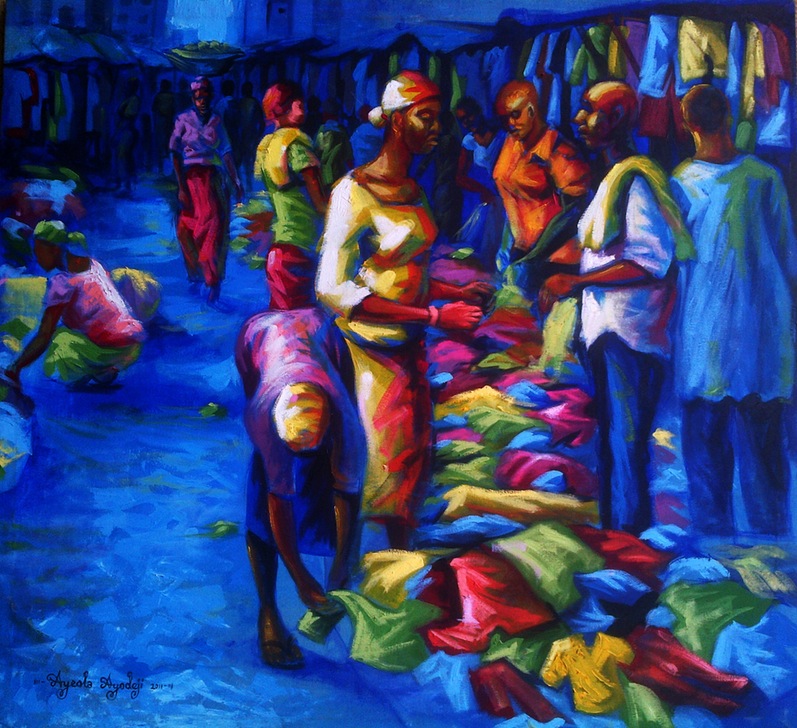
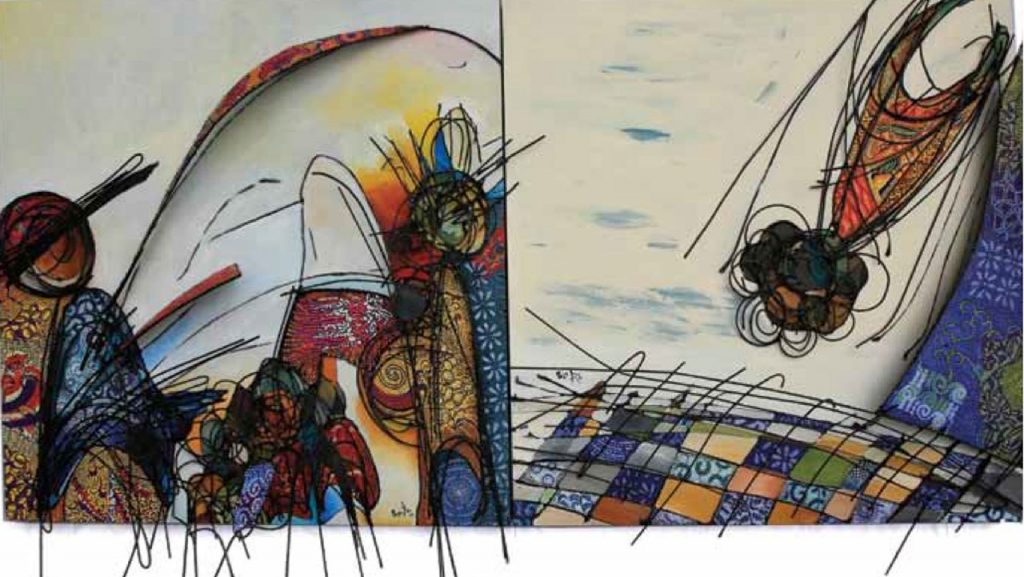
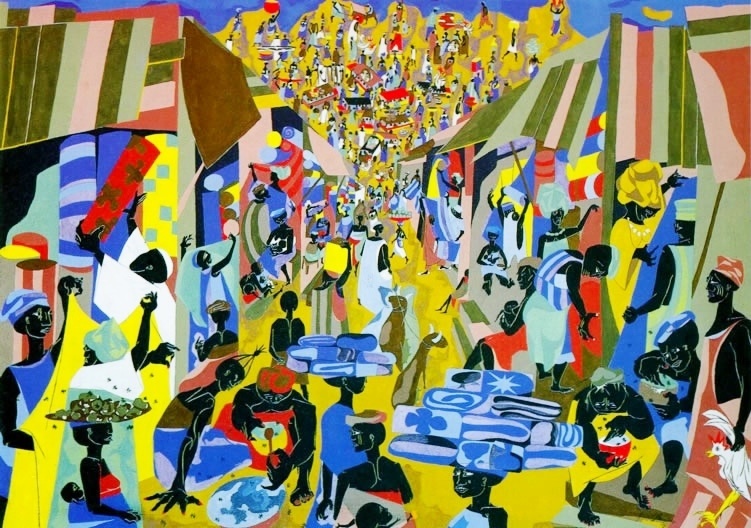
There are plenty of locations in Nigeria where you can get your share of cultural experience in person. The list of local crafts in Nigeria has locations in every part of the country. The best-known one is, of course, the Arts and Culture Abuja, a museum that was established in the 20th century. There are both indoor and outdoor exhibitions, and everyone has the opportunity to buy the works of art from local artists.
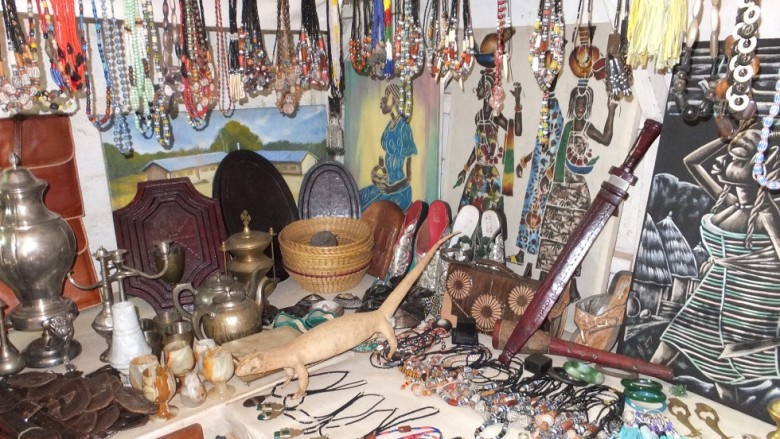
Find out more about Nigerian culture and art with these posts:
Explore the world with the Jiji app

